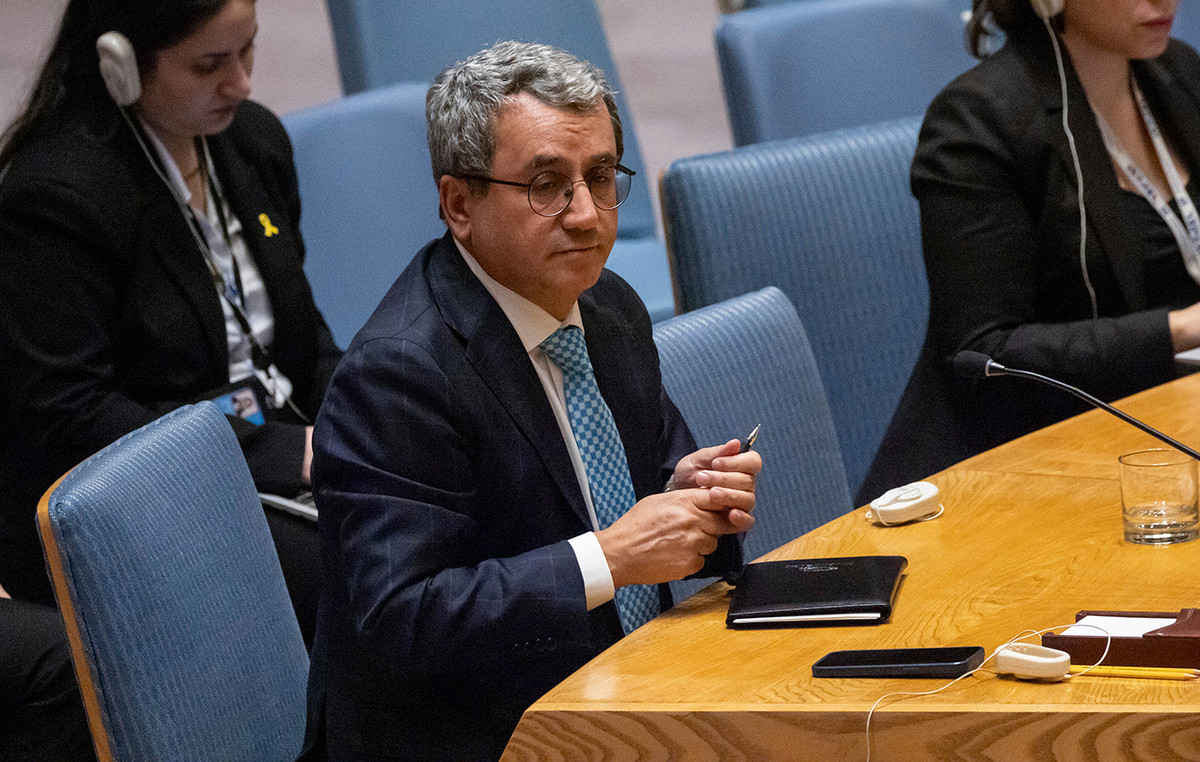The consumption of electronic cigarettes has been growing in Brazil, although they have been banned in the country since 2009. In other nations, electronic cigarettes are being regulated as part of a harm reduction policy for those who already smoke conventional cigarettes.
Around 80 countries have chosen to regulate these products.
“The biggest difference between electronic cigarettes and cigarettes is that there is no combustion. At least 4 to 5 thousand toxic substances are released due to fire, basically the combustor. And without it, you have far fewer toxic substances being inhaled by the vape than the smoker [convencional]”, says Delon Human, doctor and president of Health Diplomatics.
See also — Bill intends to regulate “vapes” in Brazil
A study commissioned by the United Kingdom’s Department of Public Health provided evidence that electronic cigarettes can be 95% less harmful than conventional cigarettes.
Based on information like this, the British government created a program that distributes incentives to smokers who exchange their regular cigarettes for so-called vapes.
Nicknamed “swap to stop”, the project is part of a harm reduction policy. Thus, those who are already smokers can opt for the electronic version, which would be less harmful.
The World Health Organization (WHO) considers that evidence of health impacts is scarce and insufficient, but data from the British government itself shows that the number of adults who consumed regular cigarettes and vapes, together, fell from 73.3%, in 2012, to 31%, in 2021.
“At the moment, the smoking rate in the UK has fallen to around 11%, compared to 16% previously”, reveals Delon Human.
Clive Bates, public health consultant, highlights that “in several countries, it has been recognized that e-cigarettes can reduce smoking and, in doing so, create a major public health benefit. And the countries that did this, did it through regulation.”
In the United Kingdom, the regulations also include an initiative to provide information to the population. The National Health Service also provides information on how to use the devices, how to choose them and how to know if they are safe, in addition to offering a service for reporting suspicious products.
“These products should never be used by people who have never smoked. Whether adults who are not smokers, whether young people, teenagers. They are not the target audience for this type of product”, says Rodolfo Behrsin, pulmonologist.
“Unfortunately, what happens in Brazil is that young people are using it, because as there is no regulation,[it]doesn’t exist. There is misinformation circulating among people,” she warns. [elanãoexisteExisteminformaçõeserradasequivocadascirculandoentreaspessoas”adverte
Clive Bates adds that there are around 22 million smokers in Brazil, and that, for them, these products can be a “life-saving” alternative to cigarettes.
“So the government could encourage people who don’t particularly want to quit smoking or give up nicotine to try these products as an alternative to smoking,” he says.
Project aims to regulate electronic cigarettes in Brazil
In Brazil, electronic cigarettes were banned by Anvisa in 2009. The agency stated in a note sent to CNN that the regulatory review process is already underway, but there was no deadline for it to be completed.
Last week, senator Soraya Thronicke (Podemos-MS) presented a bill with the aim of regulating vapes.
“Consumption in Brazil is permitted. However, import or commercialization is not permitted. So, within this scenario, our concern with health: what’s in there?”, the parliamentarian told CNN.
“The PL that I brought, I did a study of the regulations and brought a lot of rigidity too. Especially for those who sell this type of product to children under 18, which carries a prison sentence,” she explained.
A survey carried out by Ipec showed more than 2 million Brazilians consume electronic cigarettes. In 2018, when the first survey of its kind was carried out, there were 500 thousand.
One of the sensitive points of the topic is young people’s access to the product, in addition to the ease of purchasing it, irregularly, over the internet.
“We can reduce risk by being more careful with marketing, retail, packaging and warnings. We can inform people about the risks and so on. So it’s a matter of mitigating the risks rather than trying to eliminate risky behavior in young people, which has never been successful before,” said public health consultant Clive Bates.
Source: CNN Brasil
I’m James Harper, a highly experienced and accomplished news writer for World Stock Market. I have been writing in the Politics section of the website for over five years, providing readers with up-to-date and insightful information about current events in politics. My work is widely read and respected by many industry professionals as well as laymen.







